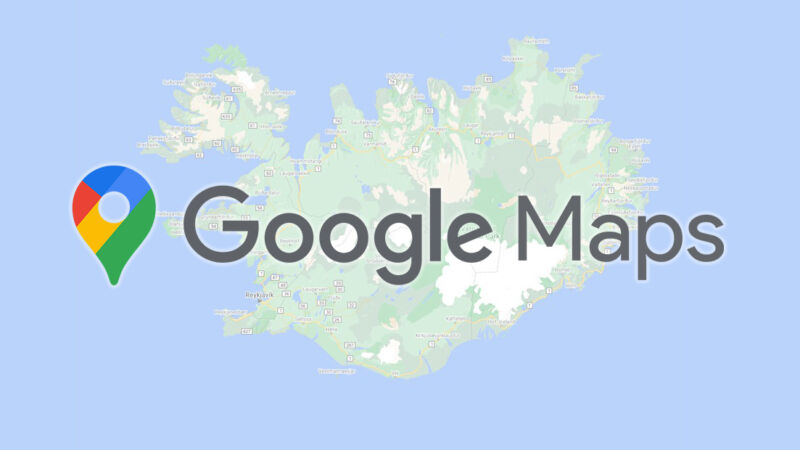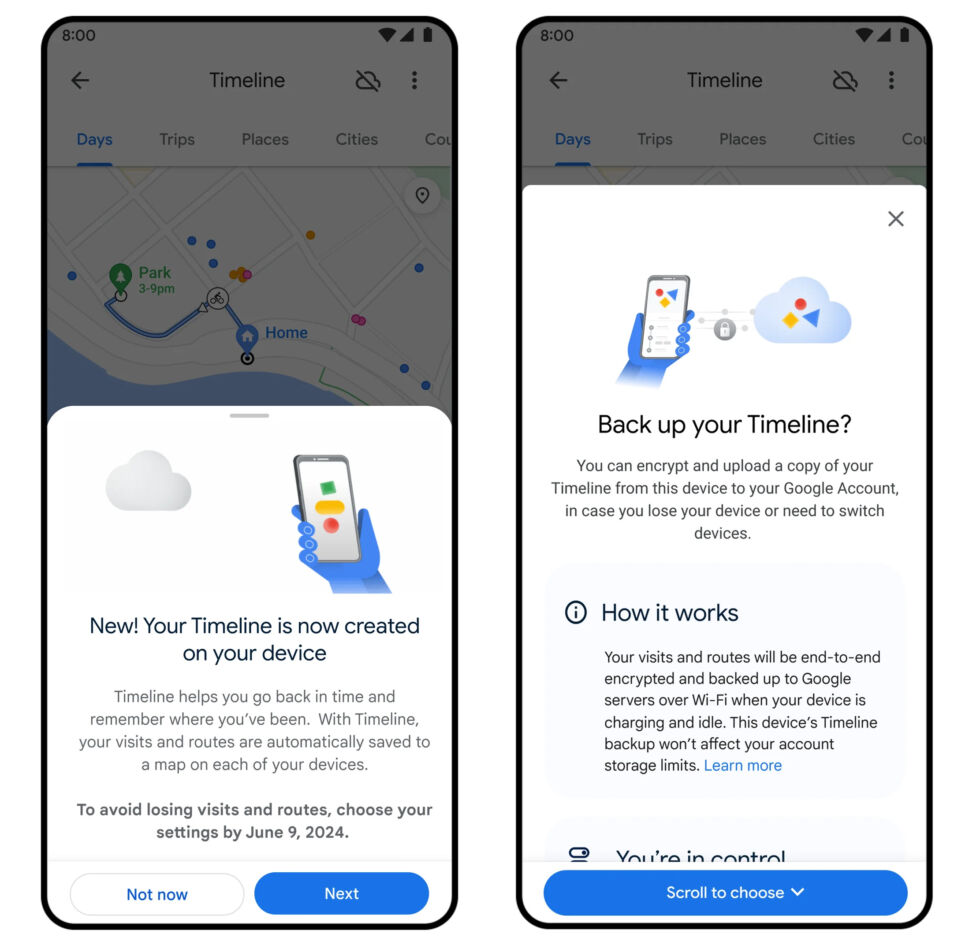The new Google Maps Timeline plays a game of three-card monte with your location data.

Google announced big changes to its most legally fraught set of user settings: your location data. Google’s misleading Location History descriptions in Google Maps have earned it several lawsuits in the US and worldwide. A quick count involves individual lawsuits in California, Arizona, Washington, a joint lawsuit in Texas, Indiana, and the District of Columbia, and another joint lawsuit across 40 additional US states. Internationally, Google has also been sued in Australia over its location settings. The point is that any change to Google’s location settings must have some motive behind it, so bear with us while we try to decode everything.
Google’s big new location data change is a new, duplicate data store that will live exclusively on your device. Google’s new blog post says data for the long-running Google Maps Timeline feature will now “be saved right on your device—giving you even more control over your data.” That’s right, one of the world’s biggest Internet data companies advocates for local storage of your location data.
The company continues, “If you’re getting a new phone or are worried about losing your existing one, you can always choose to back up your data to the cloud so it doesn’t get lost. We’ll automatically encrypt your backed-up data so no one can read it, including Google.” Users will apparently have lots of control over this new locally stored data, with Google saying, “Soon, you’ll be able to see all your recent activity on Maps… in one central place, and easily delete your searches, directions, visits, and shares with just a few taps. The ability to delete place-related activity from Maps starts rolling out on Android and iOS in the coming weeks.”Advertisement

Some companies pitch the “on-device storage” of data as a security feature. The idea is that on-device data isn’t in the cloud, and instead is encrypted on your device, and therefore is more secure since you must have physical access to the device to get the data. Google is now telling people it won’t be able to send location data to police, if you set up your settings so that location data is only on your phone.
After publishing this post, Google reached out to say that “Maps Timeline” and “Location History” are the same data and that Maps Timeline is “a visualization of your Location History data.” This support page, which isn’t mentioned in the blog post, says that “the Location History setting name will change to Timeline,” so it sounds like there will be only one set of history.
This post was updated December 15 after receiving additional data from Google PR. Google seems to be saying that Location History and Google Maps Timeline are always the same dataset and are never different. One is in the cloud, and one is going to be stored on your phone. It says that Google Maps timeline is “a visualization of your Location History data,” and that deletes in the Maps Timeline will delete data in Location History. The key thing this post got wrong is assuming that two location features—”Maps Timeline” and “Location History”—with different names and different controls in different locations, are different. Google says they are not.
Second update: A re-brand is actually on the way, even though it’s not mentioned in the blog post. Location History will go away and become “Timeline.” That makes all of this a lot clearer. The other issue I didn’t catch is that “Maps Activity” can be a pinpoint location, but it’s not necessarily a visit to that location. Instead, it could be something like a search for that location, so it’s not technically “location” data since it’s not positional.




